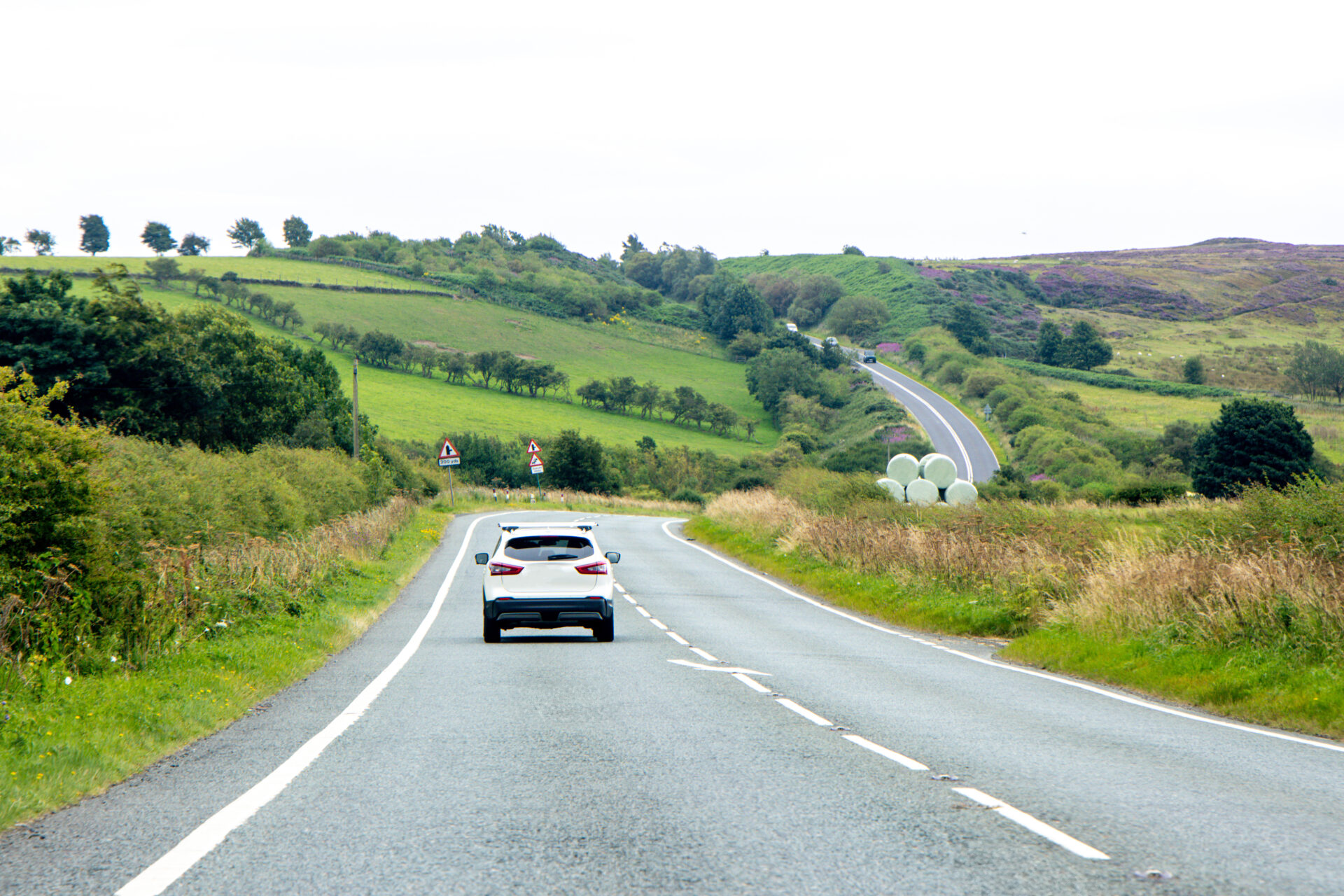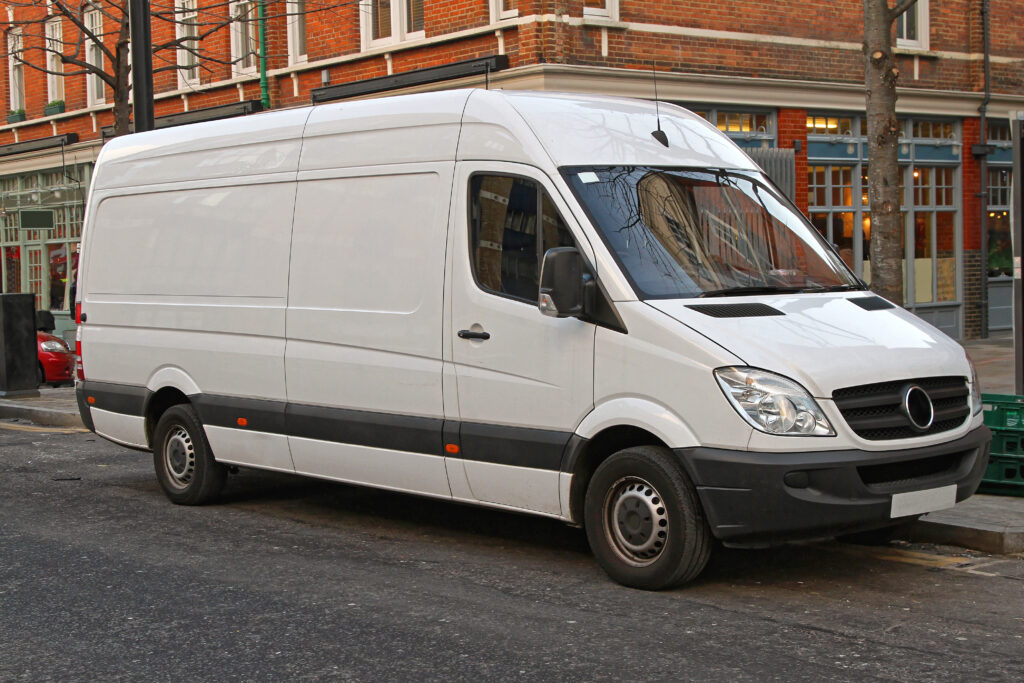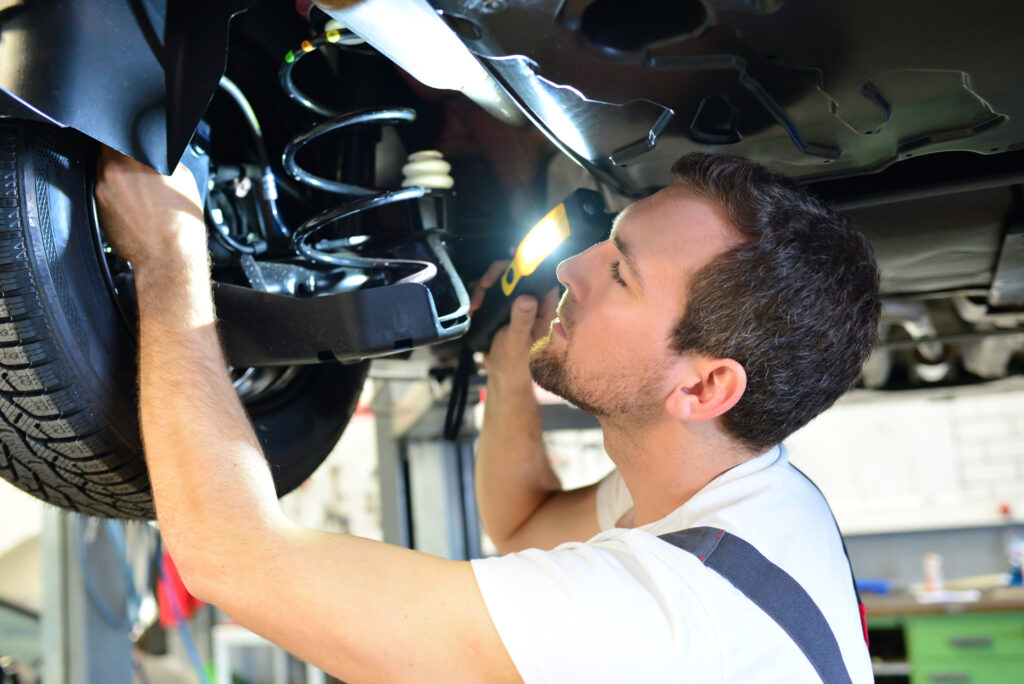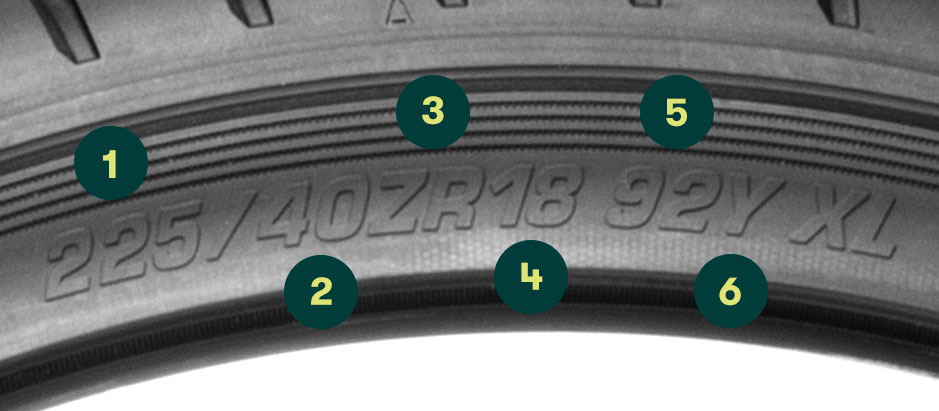6 car checks before your next summer road trip
Thursday 17th July 2025
We’ve finally made it to Summer, and with the rise of the British “staycation”, many families are now opting for a local holiday to avoid the cost and stress of travelling abroad. However, there are still things to consider before you travel. So to help prepare for your trip, we’ve compiled a list of essential checks to ensure smooth travels this summer.
1) Check your tyres
High temperatures can worsen existing tyre problems. Therefore, it’s crucial to thoroughly inspect your tyres for any signs of wear or damage before embarking on long journeys. We advise the following checks:
- Visual inspection: Examine your tyre tread and sidewalls for any damage, foreign objects, or cracks.
- Tyre pressure: Verify that your tyre pressure aligns with your vehicle’s handbook recommendations. If carrying additional luggage or passengers, follow the guidelines to ensure your tyres are inflated correctly to accommodate the extra weight.
- Tread depth: Check that your tyres meet the legal minimum tread depth requirement, which, in the UK, is 1.6mm. A tread depth gauge is a reliable tool, or for a quick check, insert a 20p coin into the grooves; if the outer band of the coin is visible, your tyres may be below the legal minimum. It is recommended to change your tyres once the tread depth reaches 3mm, otherwise stopping distances and performance can be significantly compromised.

If any of these checks present any issues, you should contact your local garage before making any long journeys, ensuring you’re safe on the road. You can use our handy dealer locator to find your local Envoy distributor here
2) Test your brakes
It goes without saying that your vehicle’s brakes are vital for safety, and long road trips will increase their wear. So, before setting off, inspect them for any signs of deterioration. Any unusual sounds, like squealing or changes in how the pedal feels, such as being spongy should be investigated by a professional.
Additionally, give your car a drive around your area; any unusual vibrations, pulling or swerving when braking could indicate the need for professional intervention.
Lastly, make a visual inspection of the actual brake pads, which you should be able to do through the spokes of your wheel, checking the width, and for any signs of wear.
3) Ensure all lights are in working order
Walk around your vehicle while it’s running to check all your lights are in working order. For brake and reverse lights, you can use a reflective surface such as a garage door, but if you have a family member or friend available, you can ask them to help you.
Replacing any bulbs should be a fairly quick task for most cars, but if you encounter any problems, we recommend reaching out to your local garage for support.

4) Wipers
Don’t let summer showers catch you off guard! Make sure your wipers are in top condition before heading on your road trip. Turning them on for an initial check, listening out for any unusual noises, or streaking/smearing on your windscreen. Remember that wipers should be replaced every year, so if it’s been a while, it’s probably time for a new set.
Next, have a physical check of your wipers, lift the arm away from the windscreen and check the rubber for any cracking or wear. Not forgetting the same checks on your back wipers if you have them.
Lastly, open the bonnet and check your screenwash levels. We recommend avoiding tap water to top up and keeping to screenwash as it can cause smearing when it dries.
5) Build an emergency kit
A well-stocked pack containing a first-aid kit, jumper cables, a torch with fresh batteries, and a hi-vis jacket are the bare minimum essentials for breakdowns or minor emergencies. However, if you’re willing to go the extra mile, be sure to include fresh water, long-life/non-perishable snacks, and a warm jacket or blanket just in case!
6) Check your engine’s oil
A fairly standard check for most vehicle owners, and one of the most important when it comes to the health of your vehicle. To check your oil:
- Open your bonnet and locate your dipstick, which you can find guidance on in your owner’s manual if uncertain.
- Pull it out and wipe off the excess oil with a cloth.
- Place the dipstick back into the tank, holding for a moment and pulling it back out.
- Check to see if the level is within the marks on the dipstick, and top up your tank if it appears to be running low.
- If needed, slowly pour in the new oil, checking your dipstick intermittently.
- Once done, seal everything up, and clean up any residue that may have spilt.
If your levels continue going down after topping up, you might have a leak. A leak can manifest in many ways, oil puddles, stains under your vehicle, the smell of burning oil, or smoke from the engine. If you have any of these signs, consult a professional as soon as possible, as low oil can damage your vehicle.
With these checks, you’ll be well prepared for a stress-free summer on the road. If you’re looking to learn more about Envoy, check our product range, or check out our other blogs.



